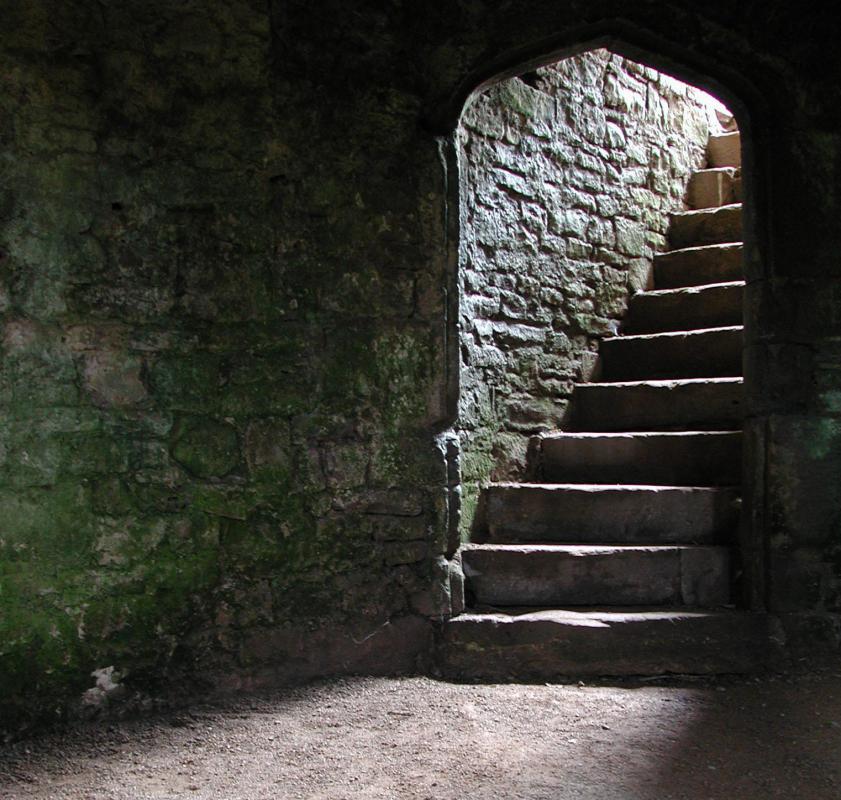At WiseGEEK, we're committed to delivering accurate, trustworthy information. Our expert-authored content is rigorously fact-checked and sourced from credible authorities. Discover how we uphold the highest standards in providing you with reliable knowledge.
What is a Radon Mitigation System?
A radon mitigation system is a type of device that effectively removes radon gas from a building. There are two basic types of mitigation systems: the passive system and the active system. The main difference between the two systems is the way that each system works. Both systems eliminate radon by expelling this toxic substance from beneath a building's surface, however.
The idea behind any radon mitigation system is to completely expel radon without allowing the toxic gas to enter a home. Since passive and active systems use an outside pipe to push radon away from a home, there's no chance that the gas will leak into a home through a window or door. In most instances, an active radon mitigation system is far more effective than a passive system, though an active system will consume more electricity.

Both systems take advantage of a main pipe that is installed beneath a building's surface. With the help of the right system, radon can be pushed through this pipe, past a building's structure, and out past the rooftop. Unlike a passive system, which depends on natural air currents, an active radon mitigation system uses a fan to remove radon from beneath a building's surface. Frequently, passive systems are replaced by active systems, since these systems prove to be more effective.
No matter which radon mitigation system is chosen, the pipe that is necessary to remove radon should be installed by a professional. Radon is a toxic, colorless, and odorless gas that can be harmful, so coming in contact with radon is not a good idea. Professional installers can ensure that a pipe is set up properly without causing any additional harm.
Those who are currently in the process of building a home should consider installing a main piping system during a home's construction. While this type of system can be installed following the construction of a home, it is far more cost-effective to install a main pipe prior to the home's completion. Regardless, all buildings should be tested for possible radon gas.
Radon test kits can be purchased online or in home improvement stores. A large amount of radon inside of any building can cause serious health problems. By installing a testing kit, detecting any traces of radon, and purchasing a radon mitigation system, ridding a building of radon is possible. In order to purchase a radon mitigation system, contact a professional building contractor.
AS FEATURED ON:
AS FEATURED ON:











Discussion Comments
I came home one day and noticed that my new neighbors have just installed a radon remediation pipe going up the side of their house.
The problem is that it is directly across from my bathroom window. It is approximately 18-20 feet away. Is this safe for me and my family? I also have two dogs that stay in their dog run which is between our two houses. Is this safe for me and my family? Is it safe for my pets? If not, who regulates the installation of these?
I live in Centennial (very close to Aurora) Colorado. Please provide any guidance! Thank you.
Post your comments